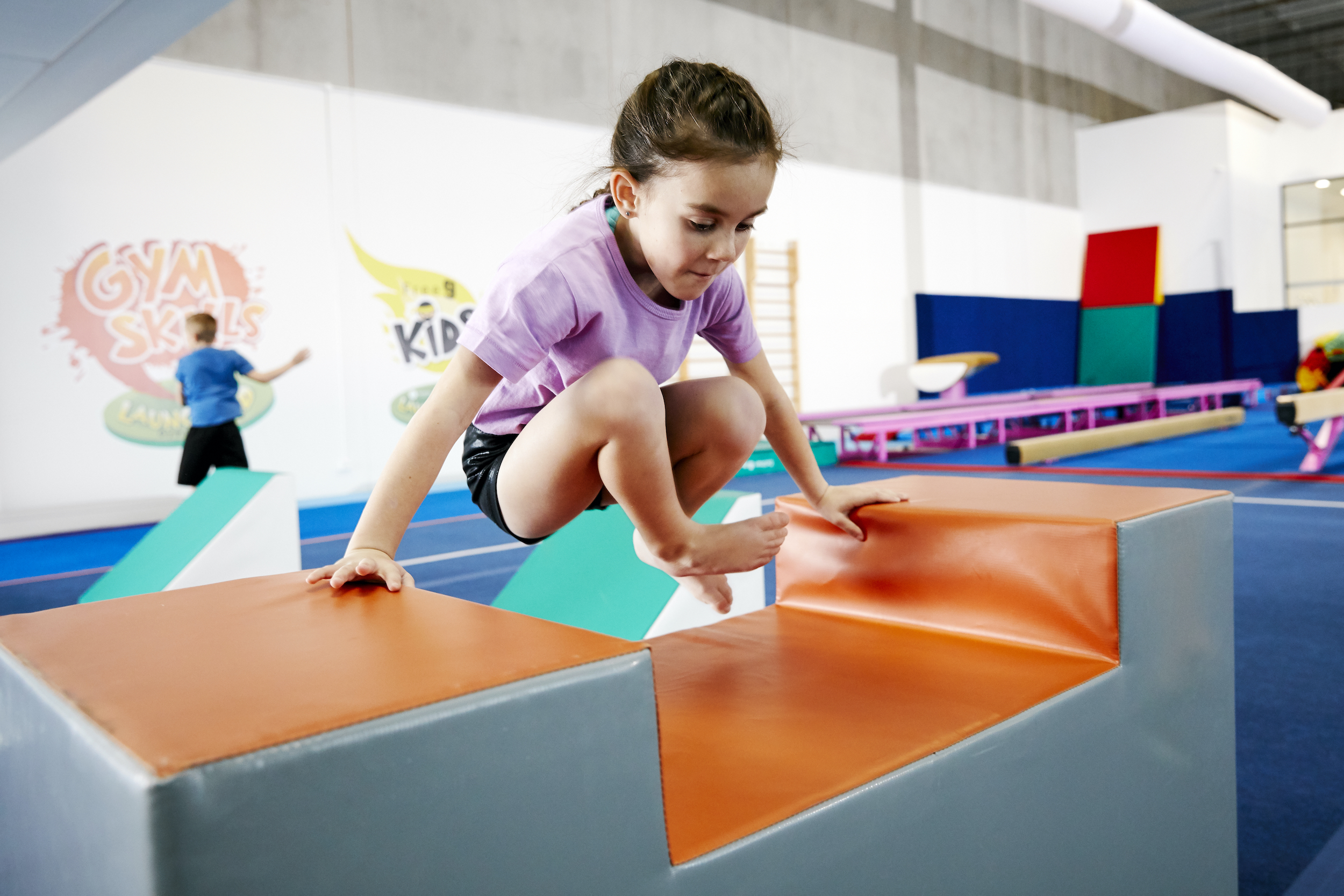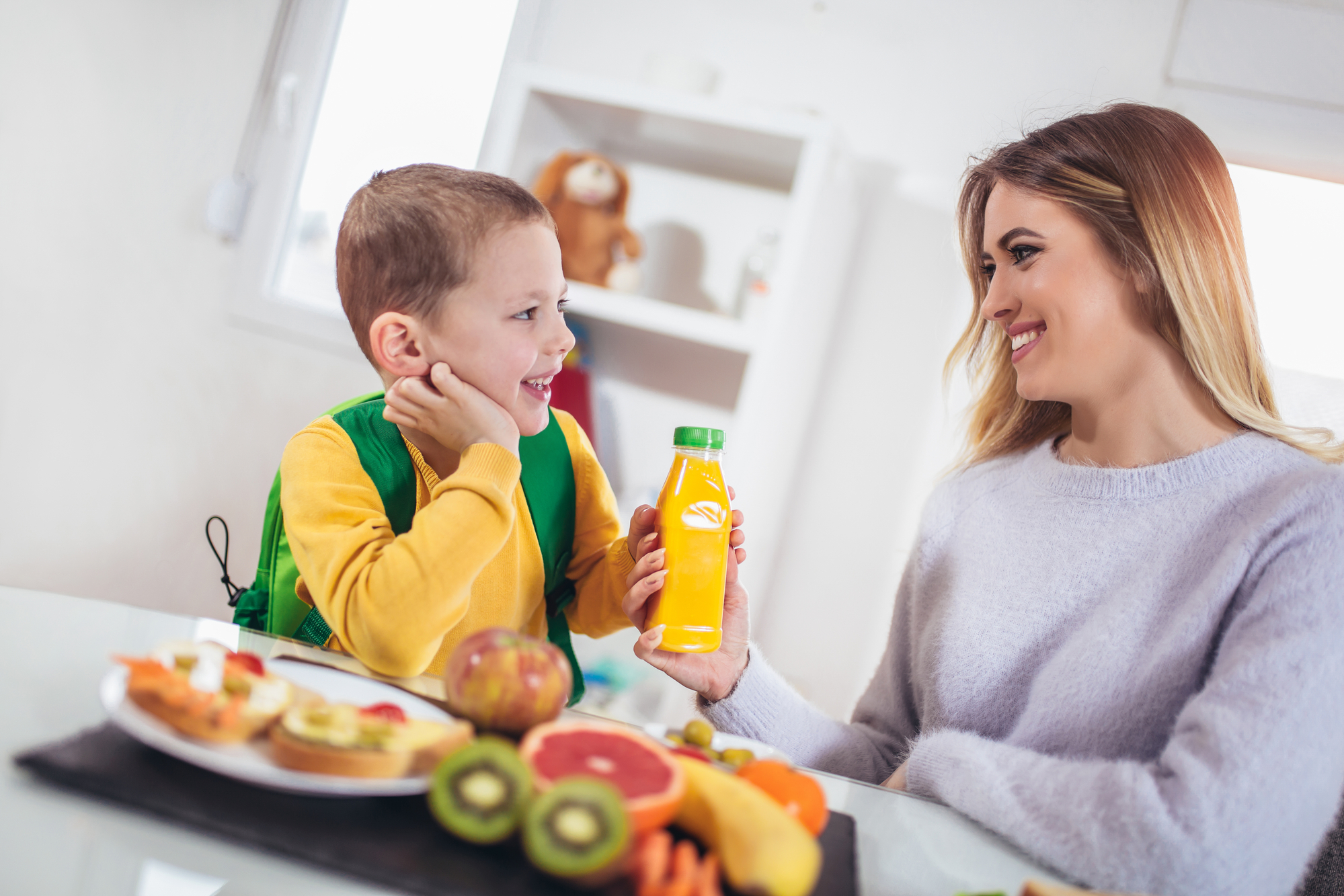By Laura Sereno, BK’s Gymnastics Program Manager
If you’ve heard the term ‘physical literacy’ recently there’s good reason why – it’s becoming part of the lingo in many fields including PE, physiotherapy and gymnastic too, as we learn more about the importance of movement in a child’s development and setting positive patterns that last a lifetime.
What is it?
It’s a fancy term but what it means is simple – it’s all about how motivated, confident and capable a person is to continue physical activity throughout their lives. The better a child masters fundamental movement skills (think running, jumping, hopping, balancing etc) the better equipped they are to take part in various sports and activities – and therefore the more confident and likely they are to do just that!
Why does my child need it?
Many children are at risk of spending more time playing on screens and doing more sedentary activities. If they don’t develop fundamental physical skills, it’s very likely they won’t want to be active throughout their lives and will lack a real understanding of why regular physical activity is important. This can have long-term consequences on their health.
How do you increase physical literacy?
Just like ‘literacy’ involves different elements, including reading, writing and comprehension, ‘physical literacy’ involves more than just dragging a child to sport each week – in fact, forcing a kid to take part in an activity is probably going to be counterproductive. It’s important to help kids develop both their mind and their body to improve physical literacy. Here are some ways that parents can assist:
- Encourage kids to try a range of different activities, variety is great.
- Try to incorporate a little physical activity each day. This can be as simple as walking to school.
- Involve your child in the decision about what activities and sports they will play – this will make them more engaged and motivated.
- Talk about the activity with your child afterwards – what did they find fun, what was challenging, how did they solve any problems and what will they do differently or try next time?
- Look for activities that have a social element – it doesn’t have to be a team sport, just an opportunity to meet and participate alongside other kids.
- Help your child to set goals with regards to their physical activities. Some sports like gymnastics, martial arts and dance have progression levels built in, while other activities like running benefit from recording ‘PBs’ and working towards a particular goal, event or competition.
Remember, the most important thing is that your child is having fun and enjoying physical activity – so it’s great to experiment with a few different things and see what takes their fancy. And it starts earlier than you think! Physical activity and motor development during the foundation years (0-5 years of age) lays the first foundations for a child’s physical literacy.
Laura Sereno
Laura Sereno is the Program Manager at BK’s Gymnastics. BK’s Gymnastics offers classes suitable for kids from 3 months old to over 8 years (parent assisted for children 3 years and younger) at locations in Sydney and around Melbourne. They aim to empower kids to live their best lives by helping them master vital movement skills like balancing, jumping, climbing, rolling, leaping and swinging. For more information please visit: https://www.bkgymswim.com.au









